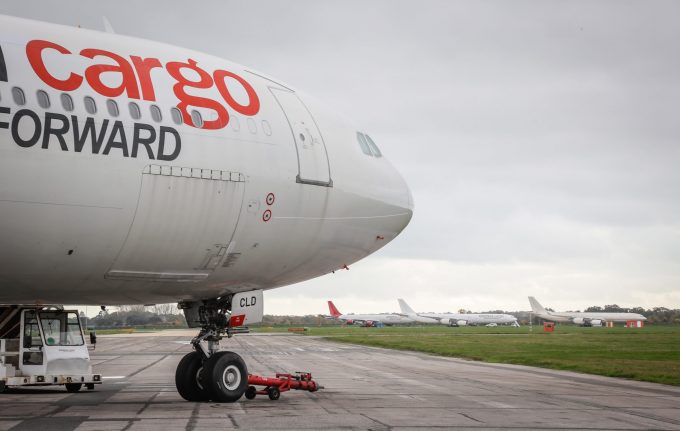FAA launches probe into Boeing 787 Dreamliner safety issues
Airlines in line for delivery of Boeing 787 Dreamliners are facing longer wait times as ...

A new German airline has stirred industry interest in converting A340s, which despite niche appeal, could boast some advantages.
A340 conversions have struggled to gain momentum over the years– except for Bournemouth-based European Cargo, which converted a fleet of ex-passenger aircraft into long-haul freighters, there’s been little movement in the market.
But Universal Sky Carrier (USC) plans to convert its A340-300s and -600s, with a main deck cargo door developed by Avensis Aviation.
This will be, reportedly, the first “plug-type” main deck cargo ...
Asia-USEC shippers to lose 42% capacity in a surge of blanked sailings
USTR fees will lead to 'complete destabilisation' of container shipping alliances
New USTR port fees threaten shipping and global supply chains, says Cosco
Outlook for container shipping 'more uncertain now than at the onset of Covid'
Transpac container service closures mount
DHL Express suspends non-de minimis B2C parcels to US consumers
Zim ordered to pay Samsung $3.7m for 'wrongful' D&D charges
Flexport lawsuit an 'undifferentiated mass of gibberish', claims Freightmate

Comment on this article